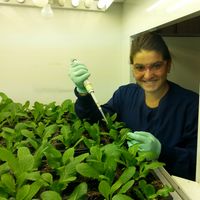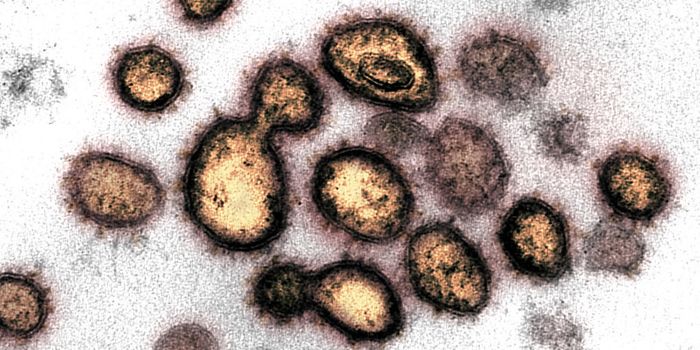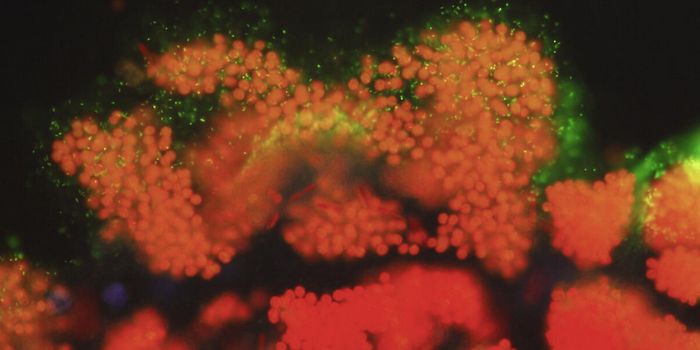High Incidence of MRSA in Horse Slaughterhouses
Methicillin-resistant Staphylococcus aureus, also known as MRSA, is a type of antibiotic resistant bacteria that causes skin and lung infections. Approximately 1 in 3 people carry general Staphylococcus in their nose and approximately 2 in 100 people carry MRSA without even knowing it. There is little information regarding the prevalence of MRSA in animals as well as the potential for MRSA to spread from animals to humans.
Researchers found that the prevalence of MRSA was significantly higher in horses in slaughterhouses compared to those on farms and racecourses. Photo Credit: The Bella Moss Foundation
The first symptom of a MRSA infection is usually the development of a skin wound that resembles a spider bite. The skin may also appear red, swollen, painful, warm to the touch, or full of pus or drainage. The infected person may also be experiencing a fever.
Typically, humans can acquire MRSA through skin to skin contact with someone who has an infected wound. The bacteria can also spread by contact with personal items such as towels or razors that have been used by someone carrying the bacteria. Risk of infection is greater in places or activities where skin to skin contact is more frequent, including athletic activities, daycare or schools, military barracks, and hospitals.
It is believed that MRSA infections are responsible for several different diseases in horses which could have important implications in veterinary medicine and public health. If MRSA colonization in horses is well established, humans that work closely with horses could be at higher risk for infection. Previous reports of MRSA infections in horses admitted to veterinary hospitals resulted in MRSA infections in staff working with those horses.
Scientists sought to provide data on the prevalence and genetic characteristics of MRSA isolated from horses on farms, racecourses and slaughterhouses in Italy. Nasal swabs were collected from 388 horses and 67 staff members working closely with the horses including farmers, stable hands, and slaughterhouse workers. Scientists used traditional culture techniques as well as molecular techniques to identify MRSA from swab samples.
Of the 388 horses tested, 27 (7%) were positive for MRSA. Of the 67 staff members tested, 5 (7%) were also found to be positive for MRSA – 2 of which were slaughterhouse employees, 2 were riding stable employees, and 1 was a racecourse employee. Prevalence of MRSA in horses was significantly greater in horses from slaughterhouses than those from racecourses and riding stables. All Staphylococcus isolates from humans and horses were resistant to at least 2 antimicrobial classes and were found to be genotypes that are transmissible to humans.
The authors of this study suggest that although the prevalence of MRSA in horses is quite low, the zoonotic transmission of MRSA from horses to humans should be considered an emerging public health threat. This threat should be of specific interest to those who are regularly in close contact with horses or those who consume horse meat.
Sources: Foodborne Pathogens and Disease, CDC









